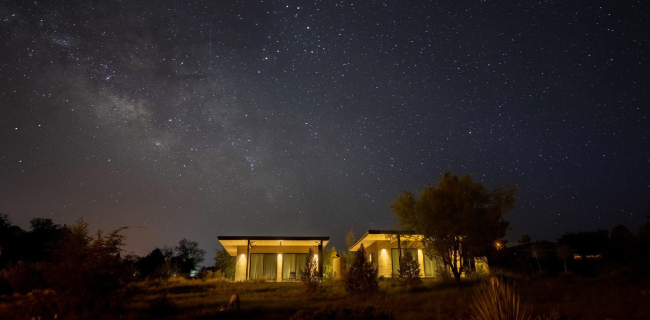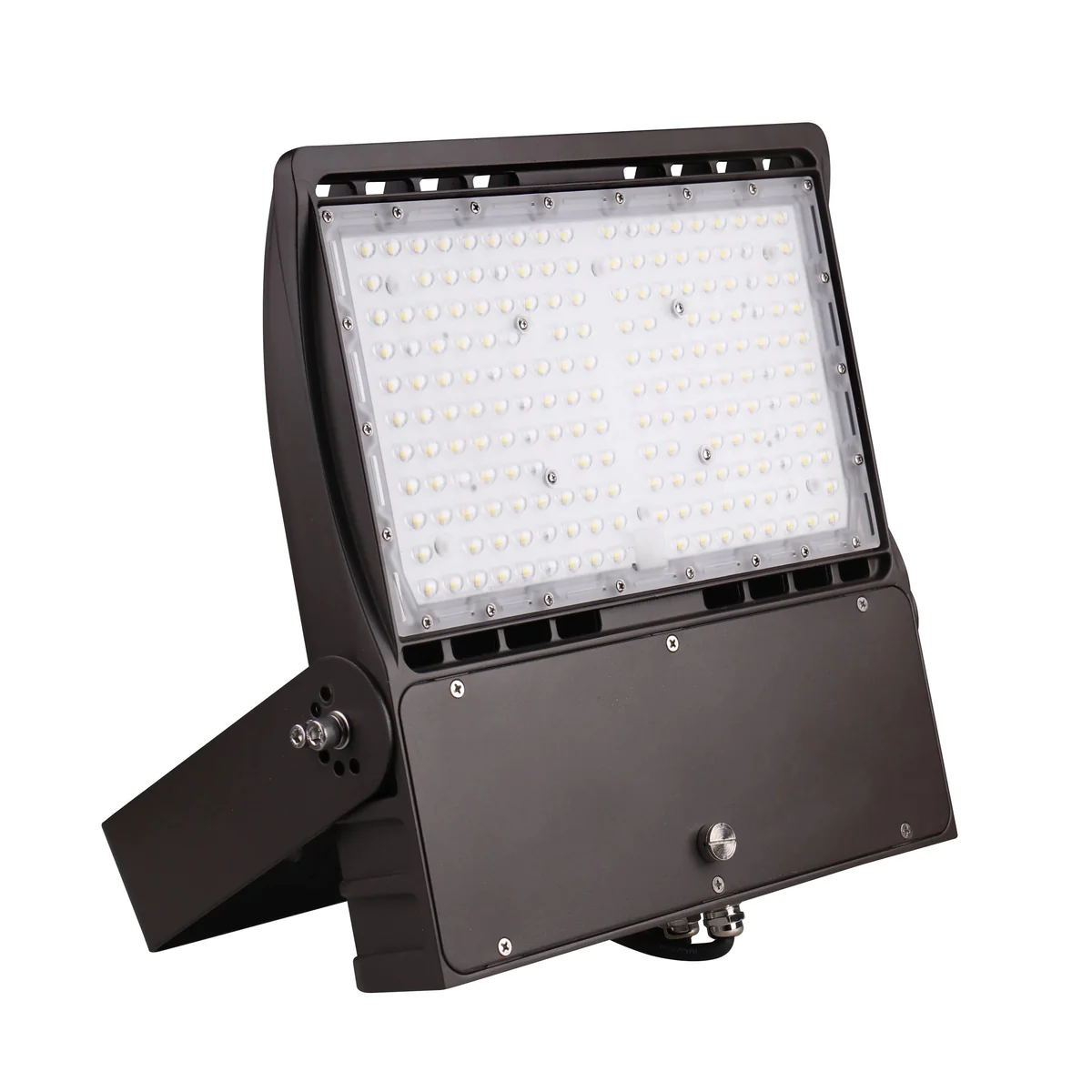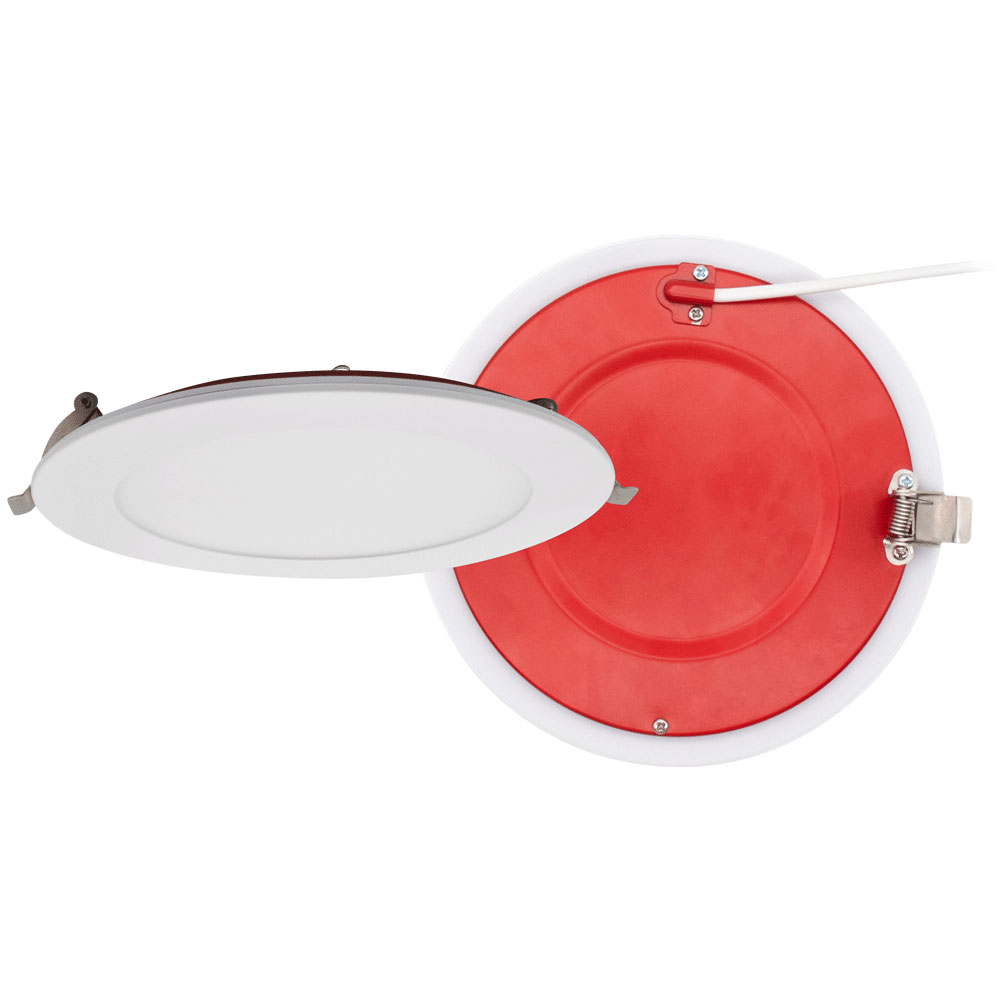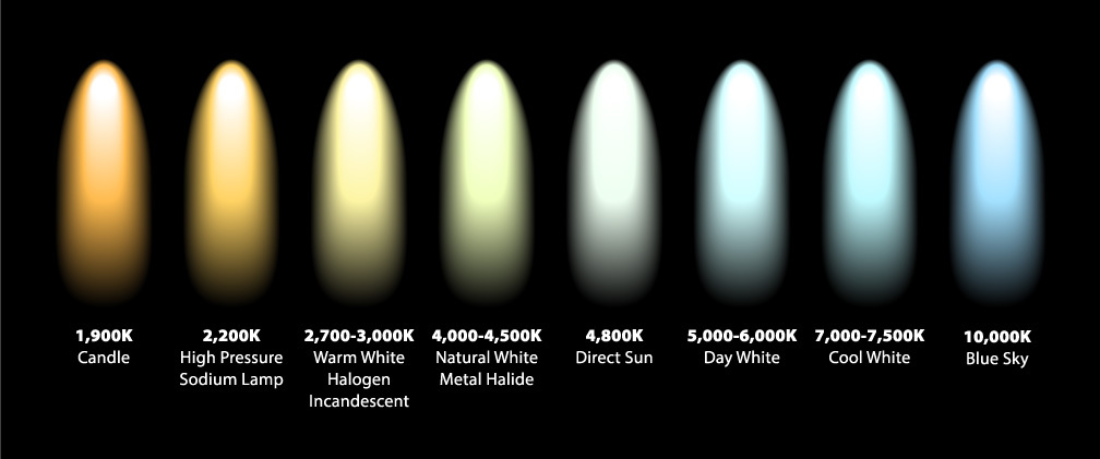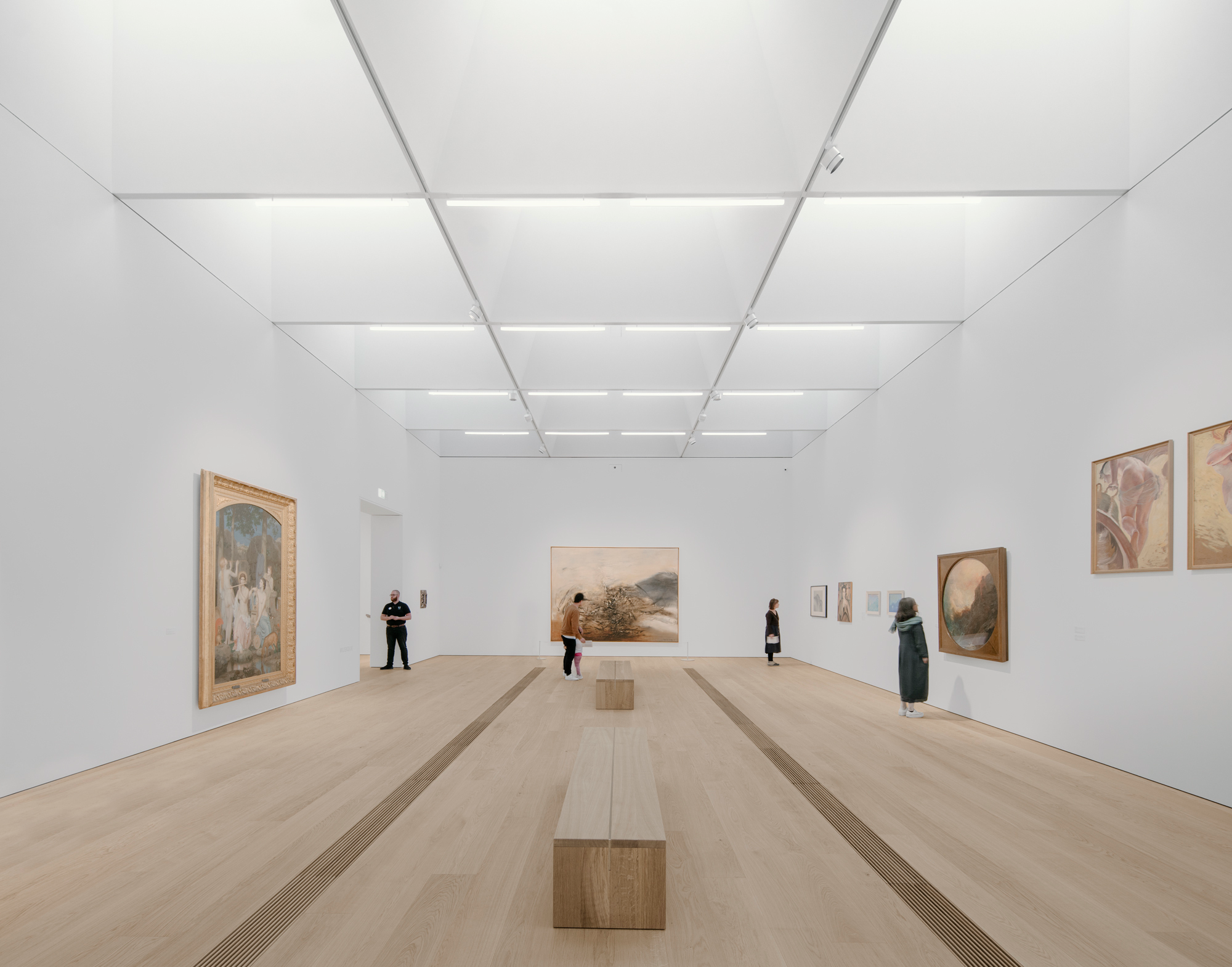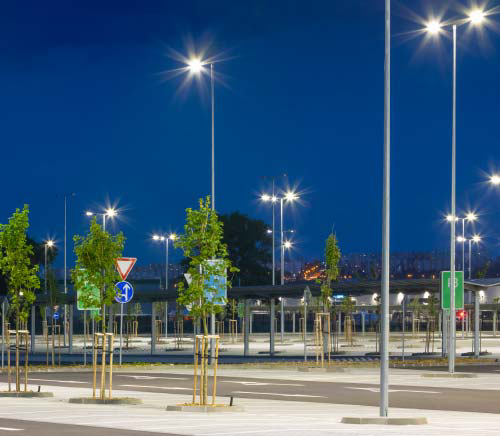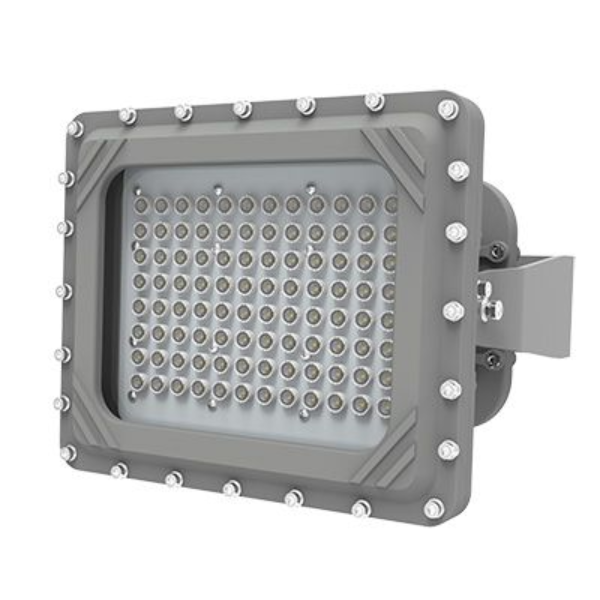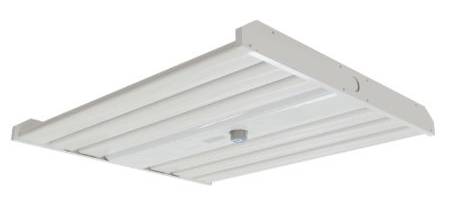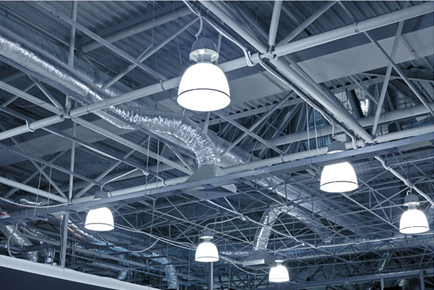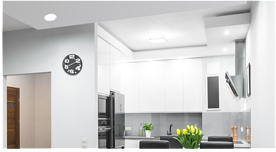Lighting Blog
Buying Guide
Hello, friends! Ever gazed up at the night sky, hoping to spot a twinkling star, but instead, you're greeted by a blanket of artificial brightness? That's light pollution for you. But don't worry, we've got a fun and friendly guide to help you choose Dark Sky-Friendly Lighting. It's not just about star-gazing (though that's a major perk); it's about making smart lighting choices that benefit everyone. Ready to explore? Let's jump in!
...read more
Buying Guide
In a world where innovation constantly shapes our daily lives, the way we illuminate our spaces has evolved beyond the flip of a switch. Lighting is no longer just about brightening a room; it's about seamlessly blending technology with efficiency and convenience. In recent years, the field of lighting has undergone a significant transformation, shifting from traditional bulbs to an era of intelligent, connected lighting solutions. This evolution is not just a technological advancement but a paradigm shift in how we perceive and use light in our daily lives. This article explores the nuances of smart illumination, discussing its impact, benefits, and the future it holds.
...read more
Buying Guide
Outfitting your home or workspace with the right lighting is more than just a task; it's a blend of form and function, aesthetics and practicality. Ever faced the annoyance of a bulb that just doesn't sit right? Beyond wattage or brightness, the unsung hero of the lighting game is the bulb base. Let's ensure you never face that frustration again and dive into the world of bulb bases.
...read more
Buying Guide
When it comes to enhancing the ambiance and functionality of outdoor spaces, lighting plays a crucial role. From providing security to accentuating the beauty of your landscape, outdoor lighting comes in various forms to cater to different needs. In this article, we'll delve into the three primary types of outdoor lighting: security lighting, landscape lighting, and decorative lighting. We'll also provide valuable tips on choosing the right type for specific purposes.
...read more
Buying Guide
Recessed lighting, often a favored choice for modern interiors, not only brings a sleek aesthetic but also calls for a discerning look at fire safety regulations. This guide aims to shed light on fire safety standards, focusing on the pivotal UL 263 standard, and the innovative safety features embedded in the new fire-rated recessed lights, assisting consumers in making well-informed lighting choices.
...read more
Buying Guide
Lighting plays a pivotal role in our daily lives, illuminating our homes, workplaces, and public spaces. Beyond mere illumination, the quality of light can impact our mood, productivity, and even our health. As such, the maintenance of lighting systems is not just about keeping the lights on; it's about ensuring optimal performance, longevity, and safety. In this article, we will delve into the importance of regular maintenance for lighting systems and highlight the specific needs of fixtures like high bays, LED panels, and LED tubes.
...read more
Buying Guide
Light is an essential element that shapes our perception of the world around us. Whether in architectural design, interior decoration, or simply our daily lives, understanding the concepts of color temperature and Color Rendering Index (CRI) can significantly impact the way we experience and interact with our environment.
...read more
Buying Guide
Museums and art galleries are not only guardians of cultural heritage but also spaces that inspire and captivate visitors with their carefully curated collections. One crucial aspect that contributes to the overall visitor experience is the lighting design. Lighting plays a significant role in enhancing the aesthetics, creating ambiance, and preserving artworks. Among the various lighting techniques employed, track lighting has emerged as a versatile and popular choice. In this article, we will explore the importance of lighting in museums and art galleries, with a special focus on track lighting.
...read more
Buying Guide
In recent years, there has been a growing interest in renewable energy solutions for various applications, including lighting. LED solar lighting has emerged as a sustainable and cost-effective alternative to traditional lighting options. By combining the energy efficiency of LED technology with the power of solar energy, LED solar lighting offers numerous advantages. In this article, we will explore the benefits of LED solar lighting, including its environmental impact, energy efficiency, versatility, and cost savings.
...read more
Buying Guide
In today's fast-paced world, where individuals spend a significant portion of their lives in workplaces, the impact of lighting on our overall well-being and productivity cannot be overstated. Whether you're an employee seeking a conducive work environment, a business owner aiming to maximize productivity, an architect or designer shaping workspaces, or simply someone interested in the science of illumination, understanding the importance of lighting in workplaces is paramount. This article delves into the multifaceted significance of lighting, highlighting its effects on productivity, mood, health, and the overall quality of work environments.
...read more
Buying Guide
In recent years, there has been a significant shift towards energy-efficient lighting solutions, and one technology that has gained immense popularity is LED lighting. Among the various applications of LED lighting, parking areas stand out as crucial spaces that require optimal illumination for both safety and security. In this article, we will explore the advantages of parking LED lighting specifically tailored for commercial and industrial customers, highlighting the benefits it offers in terms of energy efficiency, cost savings, enhanced visibility, and improved safety.
...read more
BUYING GUIDE
Sure, the first digit of the IP rating represents the level of protection against solid objects, with a range of 0 to 6. The test requirements for this digit include measuring the protection against access to hazardous parts with tools, fingers, and similar objects.
...read more
Buying Guide
DLC (DesignLights Consortium) is a non-profit organization that sets standards for energy-efficient lighting products. The DLC has two main categories of standards: DLC Standard and DLC Premium. DLC Standard is the basic level of energy efficiency for a lighting product. To meet DLC Standard requirements, a product must have a minimum level of energy efficiency and be tested and verified by an accredited testing laboratory. Products that meet DLC Standard requirements are eligible for rebates and incentives from utility companies.
...read more
Buying Guide
Explosion proof lighting is used in environments where flammable gases, liquids, dusts, or fibers are present, and where an explosion could occur if a spark or ignition source were to come into contact with these materials. In order to prevent this from happening, explosion proof lighting fixtures are designed, constructed, and tested to withstand the effects of an explosion without causing an ignition.
...read more
Buying Guide
Interior designers play a crucial role in the selection of lighting for any project. Not only do they have an eye for design, but they also understand the functional needs and aesthetic goals of a space. In this article, we will discuss the selection process leading to the light package selection, how the interior designer interfaces with the contractor, lighting distributors, and the client, and the importance of interior designers in choosing lighting for projects.
...read more
Buying Guide
Lighting rebate programs in Canada are designed to encourage businesses to upgrade their lighting systems to more energy-efficient options. These programs offer incentives to businesses that can be used to offset the costs of upgrading their lighting systems, making it more affordable for businesses of all sizes to invest in energy-efficient lighting.
...read more
BUYING GUIDE
If you're operating in the commercial or industrial lighting industry, then you know that the 100-347V voltage range is a game-changer. It's especially useful in countries like Canada where a lot of equipment operates off 347V, like the Canadian electrical grid. This range allows for the use of a wider variety of lights, including LED and induction lights, which can be used in a wider range of applications. This leads to greater energy efficiency, longer lifetimes, and higher quality of light.
...read more
Buying Guide
Lighting is a crucial aspect in any commercial or industrial space, affecting both productivity and energy efficiency. With advancements in technology, the lighting industry has introduced new features that give commercial and industrial customers greater control over their lighting. Two of these features are watt selectable and CCT (correlated color temperature) selectable fixtures.
...read more
BUYING GUIDE
Industrial lighting must be very reliable, since a malfunction can leave workers in the dark when there is heavy equipment in operation. Industrial light fixtures should also be as efficient as possible, to lower their operating costs. This is especially important in facilities that operate 24/7, which often need constant lighting.
...read more
BUYING GUIDE
The garage has several functions in a modern home. While its main purpose is providing a space to park your vehicles, it can also be used as storage space or even as a workshop. For this reason, having adequate garage lighting is very important. The two most common options are fluorescent and LED lighting: fluorescent lamps have a lower upfront cost, but LEDs last much longer while saving energy.
...read more
PROJECT GUIDE
RECESSED LIGHTS: A PRACTICAL GUIDE
Recessed lights, canned lights, recessed spots… whatever the term, recessed lighting is one of the most versatile and efficient lighting solutions available. They are discreet and perfectly suitable for ambient lighting, as well as for task or accent lighting. They are great for residential and commercial environments, and can be used to add depth to a space or to highlight interesting décor and architectural elements or even be used as outdoor recessed lights. However, even though recessed lights are very versatile, a good amount of planning is needed for a successful result. Considerations such as layout, installation, direction, color and others must be taken into account. This guide offers practical advice that will help you understand this technology and draft a lighting plan that truly reflects your needs.
RECESSED LIGHTING CALCULATOR
Recessed Lights are some of the most effective and versatile types of lighting for creating both ambient and task lighting in any room of your home. In the recent years they have gained in popularity and found themselves into most new homes and renovation projects. Because they are for the most part hidden, recessed lights typically make the rooms of home appear larger than they are. Gone are the days where you need to go for large cumbersome ceiling fixtures to light up a room. In short, recessed lighting by the quality of light they provide and their minimalist design bring out the best of just about any home.
Determining how many recessed lights you need and the proper spacing implies that you have already chosen the recessed light you wish to use for your project. If you haven’t chosen your recessed light model yet, below is a list of considerations you will want to look into before you make your choice.
When you switch from incandescent or halogen to LED lighting, it is important to consider the equivalencies between the technologies in order to keep a similar level of lighting.
For many years, the expressions such as “50W equivalent” and the like have appeared on the packaging of technologies gradually replacing the incandescent bulbs.
However, there is not precise rule to convert incandescent or halogen in LED.
The key is to compare the efficiency between the products.
Here is a chart for the present equivalencies.
It is important to note that these equivalencies change depending of the generation and the efficiency of your LED.
You want to have a peek to our LED bulbs and projectors?
Follow this link to our online shop.
PROJECT GUIDE
Recessed lighting: small clearance space in the ceiling? No problems!
Some of you may be already planning the next renovations to your home.
The first step before choosing a recessed light is to know the clearing space in the ceiling. In many cases, such a verification may bring up unknown constraints: what to do with a 2 ½ or 3 inches clearance space when many recessed lights on the market need 4 to 7 inches?
A solution to this potential puzzle is the low-profile recessed light series from Bazz. The models 300LPL5W and 300LPL5B are recessed lights that only need 2 ½ inches of clearance space. Moreover, they don’t need insulation box to be installed in insulated ceilings: another problem solved!
Here is the link on our online shop.
https://www.bestledz.com/catalogsearch/result/?cat=0&q=300LPL
